During the tourism fair ITB 2018 in Berlin, Hendrik Wintjen met with the Tourism Minister of Costa Rica, Mauricio Ventura, head of the Instituto Costarricense de Turismo (Costa Rican Tourism Board), in order to discuss market access and tourism development strategies.
Mr. Ventura, what is Costa Rica doing to bring more visitors to the country?
A very important effort that we have been realizing, especially with regard to the European market that is of growing importance to us, is improving air connectivity. In the last two years we have passed from one direct flight, originating in Madrid, Spain, to nine direct flights connecting us with Europe from cities such as London, Paris, Amsterdam, Frankfurt and Zurich, among others.
This has made it possible that Europe is the market with the highest growth rates, basically we are talking about double-digit growth, so this clearly reflects a strong trend. We also have been able to establish better connectivity with the United States, as well as with South America – all this is fundamental for the development of our destination.
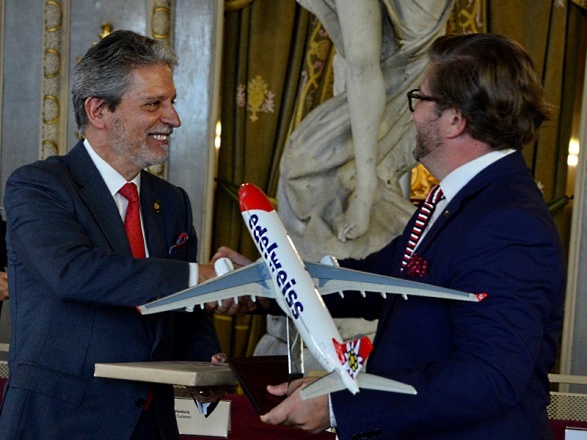
What role does the private sector play in all these accomplishments?
This is a very important aspect to take into account. It’s not that the Costa Rican Tourism Board, as a government entity in charge of tourism, does these negotiations with airlines all by itself anymore. Nowadays we make carefully prepared presentations because this is not about saying “Look, how beautiful our waterfalls or how magnificent our volcanoes”. Obviously, there has to be a business opportunity for the airline so we present a carefully analyzed business model to our airline partners, doing our homework regarding all the numbers, statistics and the market intelligence; and then we approach the airline together with the private sector. The private sector is an important partner at the negotiation table and in this spirit of a public-private partnership, the airline has the assurance that it is negotiating with all relevant forces in the destination. So with three partners working on a common interest – public sector, private sector and the airline itself – we create a win-win situation and a spirit of contribution towards a worthy common goal. And we have been doing it well because all the airlines that have established flights to Costa Rica as a result of these concerted efforts have continued to arrive ever since.
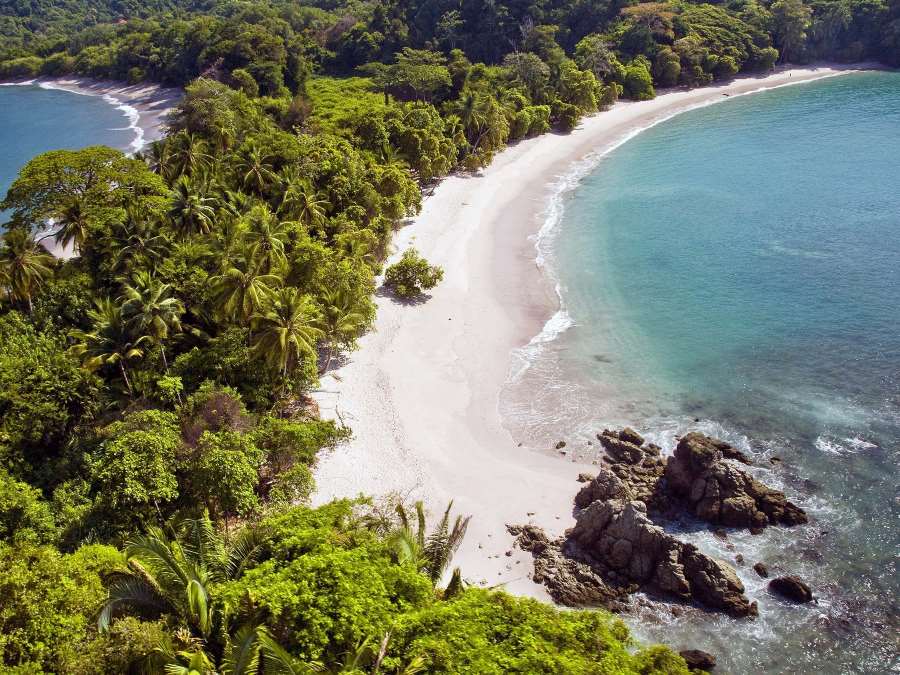
What exactly is the contribution that the private sector makes in this scenario?
There is a number of factors to consider: for one the private sector offers its knowledge of markets, with regard to the specific geographic source market that we are talking about and the tour operators that will contribute to filling up the seats of that plane. So by taking into account the tour operators in the source markets based on information from our private sector, we ensure that the occupation rate is high and that the airline is satisfied, as well as our visitors that enjoy convenient connections from their home country.
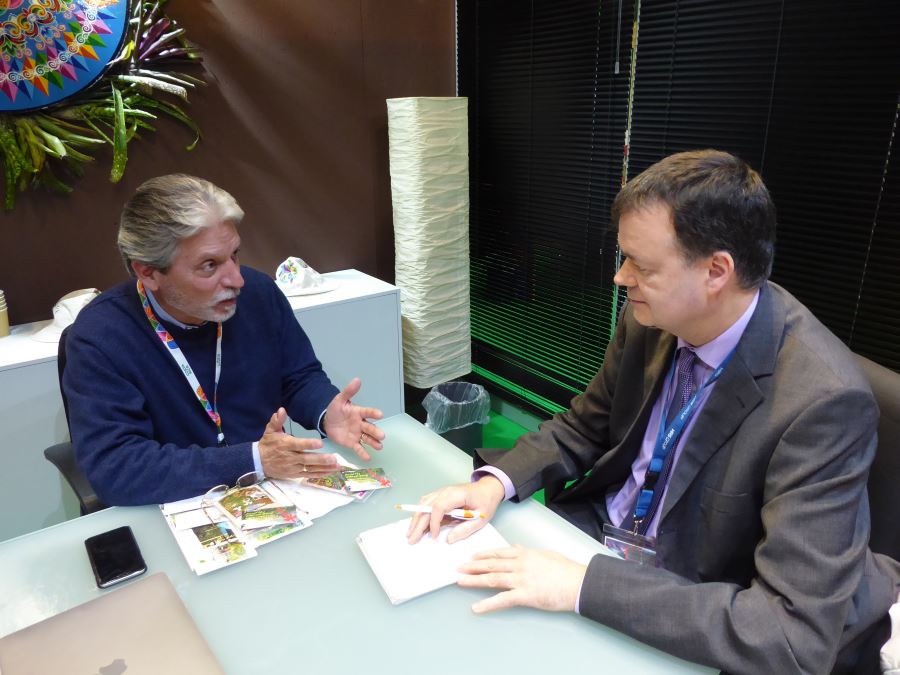
Considering that Costa Rica is a leader in ecotourism, how is the country advancing the sustainable tourism agenda?
There is no doubt that Costa Rica continues to be a leader in the field of sustainable tourism, recognized by the World Tourism Organization UNWTO. For example, last year the Costa Rican president, Don Luis Guillermo Solis, was named a special ambassador of the International Year of Sustainable Tourism for Development and that is a recognition of the continued effort that Costa Rica has been demonstrating. In our tourism industry, there is a saying that ‘we have sustainability in our DNA’ so it is very simple: either Costa Rica has a sustainable tourism development or none at all.
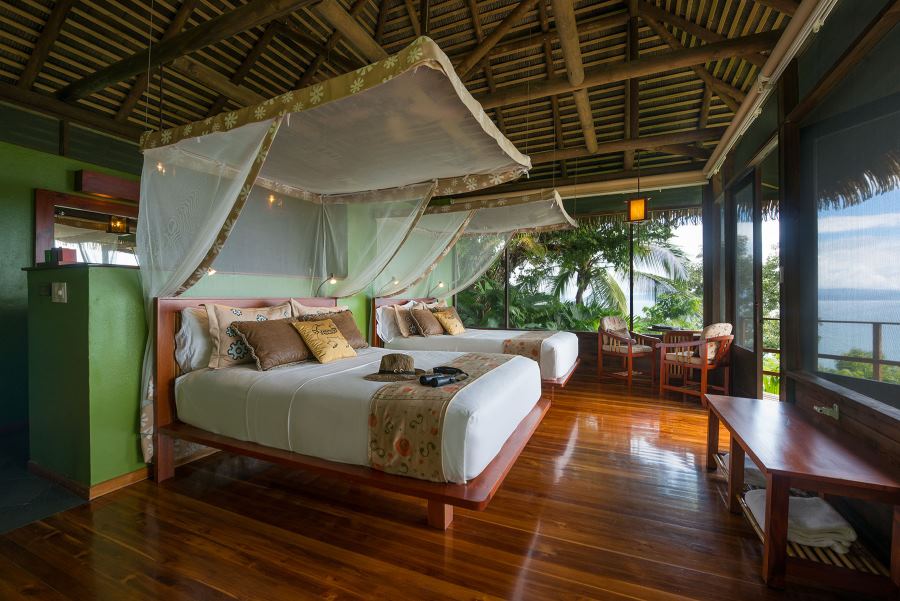
We just had the first investment conference in sustainable tourism, the first one of its kind in the world, specifically geared towards investment in sustainable tourism which was realized last November in Costa Rica. And of course, we are updating our Certification for Sustainable Tourism that has more than 20 years of existence. It is important to remember that this is a voluntary certification scheme operated by the ICT (Costa Rican Tourism Board) and that there are more and more private sector companies that request this certification; implying that we now have more than 400 companies that are certified – not only hotels but also tour operators, rent-a-cars, theme parks and so on. This means that the extent of this national certification effort is ever-expanding to cover Costa Rica as a whole. Having said that, hotels still make up the bulk of certified companies and also represent the biggest part of the industry. Now we are working on a CST 2.0 which aspires to be an international certification which is something that we have coordinated with relevant international institutions – it is clear that this consolidation process will continue.
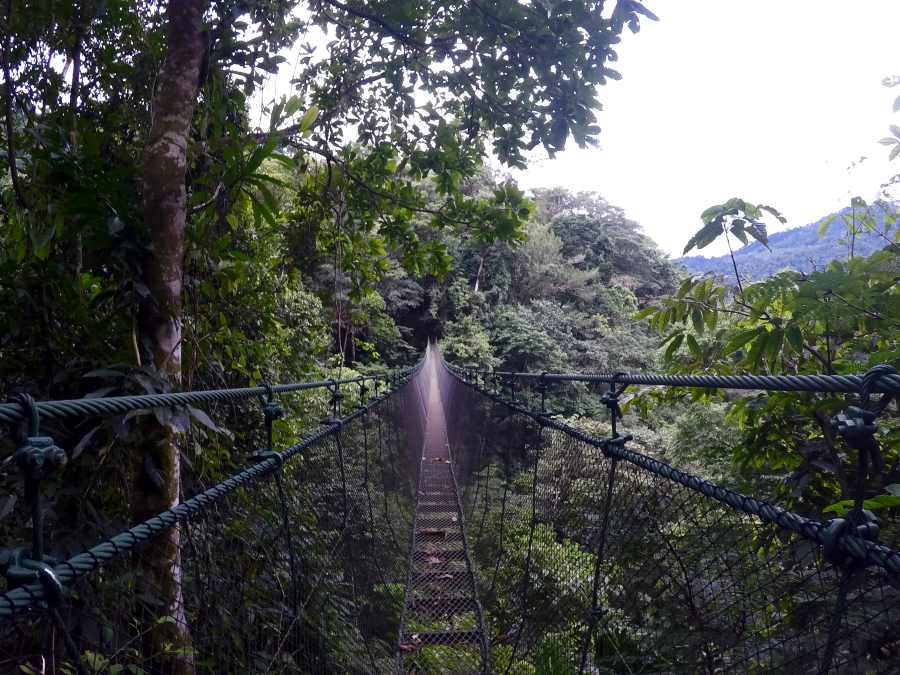
In addition, in the framework of a pilot plan initiated in 2016, Costa Rica converted itself in a country with 10 tourism development areas in which we have measured the social progress index in these focal points of tourism activity. This year we are already looking at 32 tourism development areas and we are going to measure the indicators for each one of them every two years so that we can really be certain of the social development that we accomplish through the vehicle of tourism. Very clearly, our vision goes beyond the economic impact of tourism and we want to foster development in our communities, strengthen the social and cultural fabric of our country and protect our nature. I might add that we aspire to do this throughout our national territory in a very democratic way; as our visitors travel around the country, they contribute to the development of the places they visit and they also enjoy the blessings of that development during their stay. This integral vision of development, one that includes many rural areas, is something that we are very proud of and it represents an essential characteristic of tourism in Costa Rica.
How do you see the future evolution of the tourism destination Costa Rica?
Costa Rica will continue to evolve and to develop, no doubt about that, and two fundamental lines are nature tourism and adventure tourism, both of which we have been developing very consistently, to the degree that the World Economic Forum ranks us #1 in nature and #2 in adventure. But we continue to innovate and there will be other lines of development gaining strength in the future, one being MICE tourism – meetings and conventions. As a key element of this third pillar, we are about to inaugurate our new convention center, a top-notch facility in line with the latest standards which has helped us to position Costa Rica as a destination for important events and meetings, and naturally these meetings tend to have pre- and post- tours. Given that we are a small yet very diverse country, there is an incredible and easily accessible array of excursion opportunities to enrich our visitors’ meeting experience. Indeed we are getting very good feedback at all the specialized events that we go to in order to promote this new aspect of our destination.
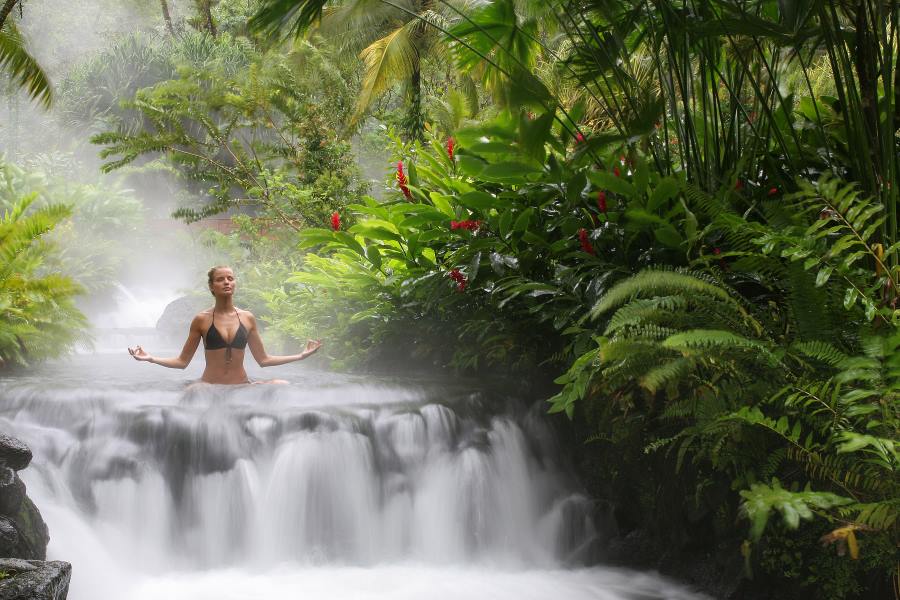
Then there is a fourth pillar of tourism development and that is wellness tourism, for which we are currently designing a national strategy. Please note that I am not talking about just any kind of wellness here but a wellness ‘Pura Vida’ style – a particular Costa Rican brand of wellness, so to speak, that combines elements of nature and adventure with traditional wellness concepts. Just to give you an idea, this means that instead of walking on a treadmill in their hotel, our visitors will be walking on the beach instead, through the forest or in some coffee plantation, in the mountains – somewhere out in nature instead of being enclosed in a gym. Instead of jumping into a traditional Jacuzzi, our guests will enjoy natural thermal springs that can be found throughout the country and provide a fabulous way of enjoying nature.
And then, of course, there are all the adrenaline-pumping activities that we have, such as doing a canopy tour or going on a rafting adventure. These are great ways to start the day with physical activity and then you can do more relaxing things in the afternoon, like going to a spa, enjoying a massage or a facial mask with all the different cleansing muds and creams that are available. Finally, to top things off you can pamper yourself with an exquisite organic dinner in the evening. Let me assure you, when you’re done with all that you’re going to sleep like a baby and wake up feeling totally renewed and refreshed the next day.
Essential Costa Rica: My Choice, Naturally.
As you continue to do this for a couple of days, you return home being a changed person and that is the essence of this ‘Pura Vida wellness’ that we are envisioning. All this is summarized by our slogan “Costa Rica – My choice, naturally”, an enunciation of profound well-being and a ‘Pura Vida’ way of life that is a genuine expression of what Costa Rica is all about, not just some fad. We invite people to come and rejuvenate themselves, to get in touch with themselves again…so that they can return as a better person to their everyday life. A big part of this is the genuine hospitality of the Costa Rican people that visitors cherish so much, as well as the gastronomy, the culture and the traditions of our country. In short, what we would like to pamper our visitors with is a unique and complete experience that they will not forget anytime soon.
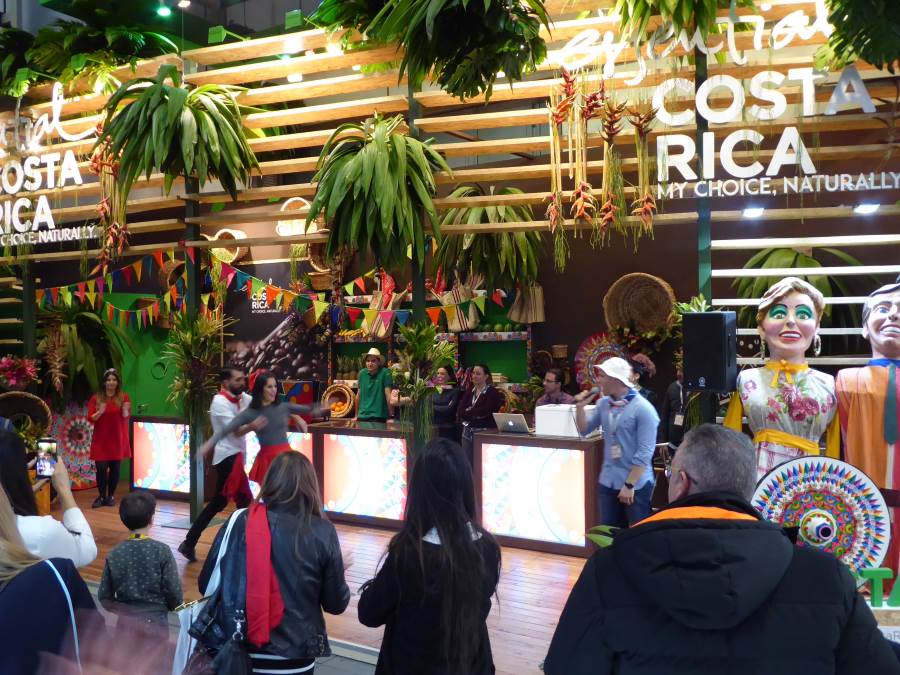
The interview with Costa Rican tourism minister Mauricio Ventura was held during the tourism fair ITB Berlin 2018 at the Costa Rica stand, which won the country an award as best exhibitor of the Americas.
For more information about Costa Rica, please visit visitcostarica.com.
You may also like:
The preferences of European travelers regarding sustainability
A far-reaching tourism concept: Focus on ecological and social responsibility at ITB Berlin
Discover Elk Island National Park
Top 3 most important corporate responsibilities, according to consumers
WTTC calls on tourism sector to embrace sustainability reporting
